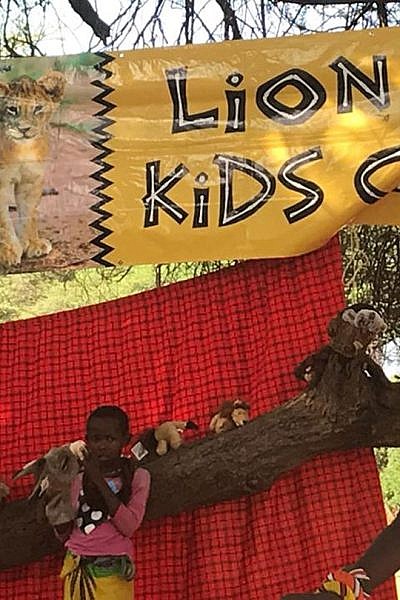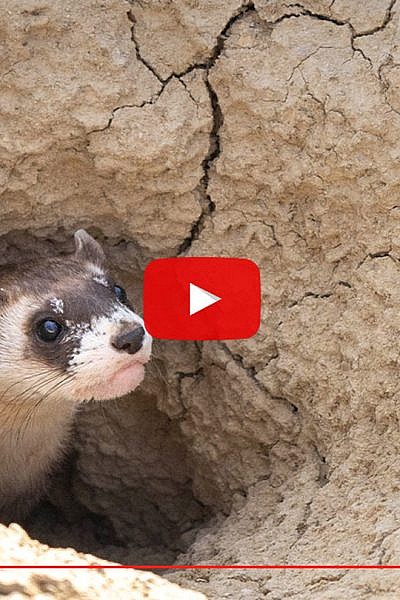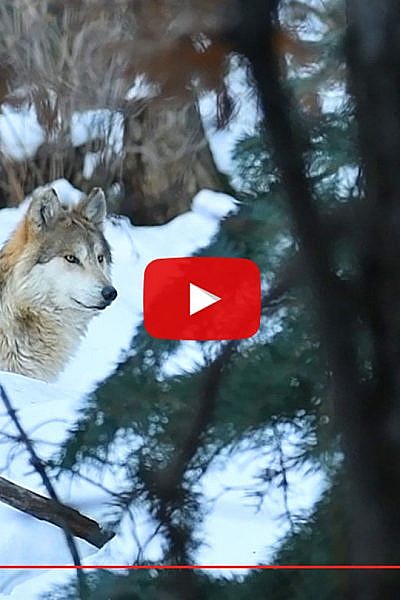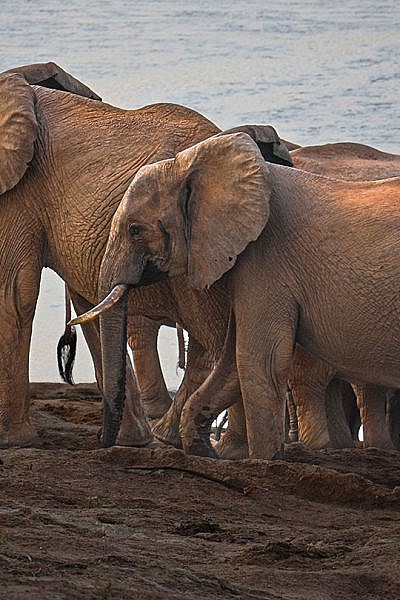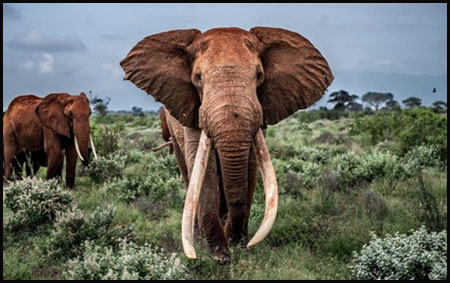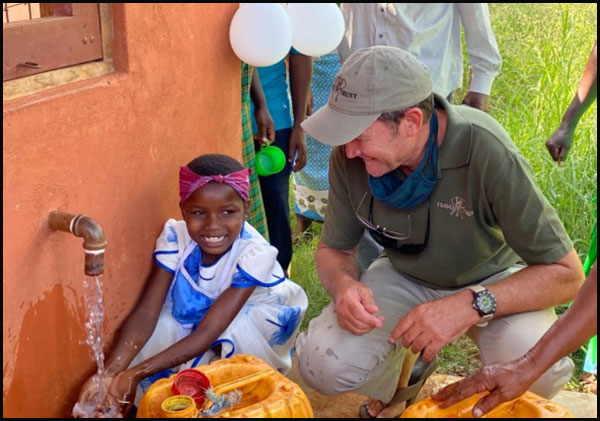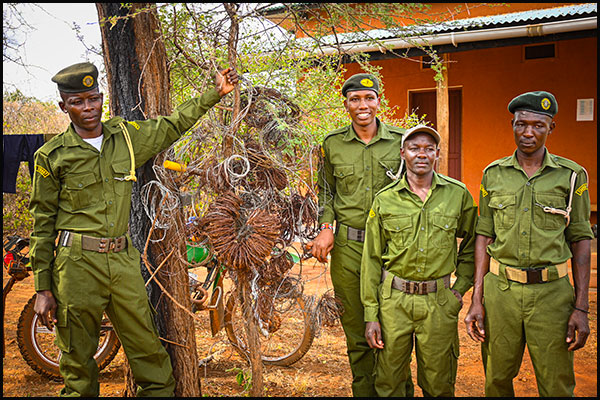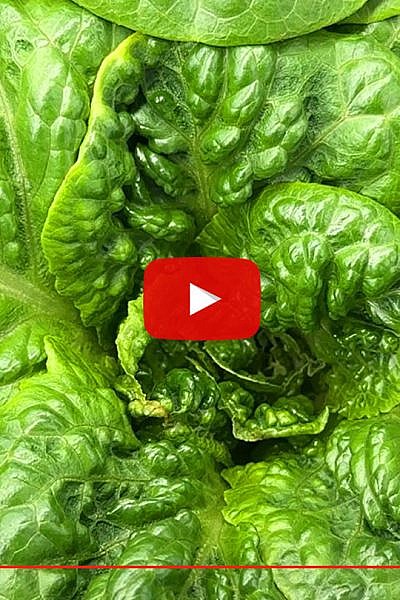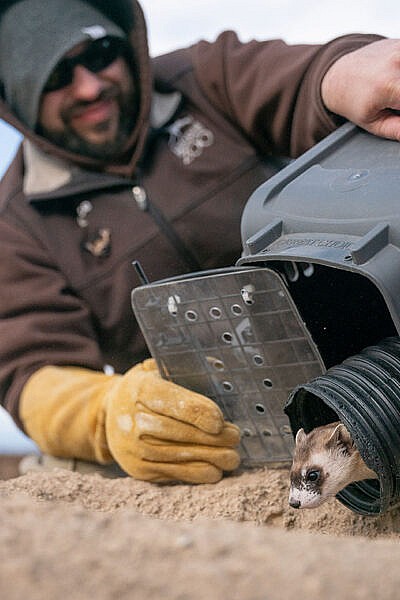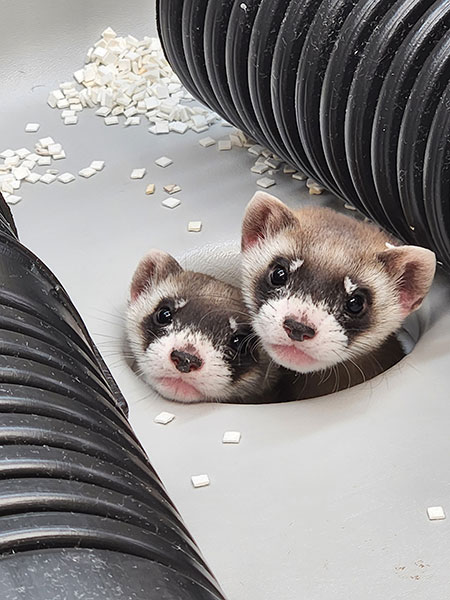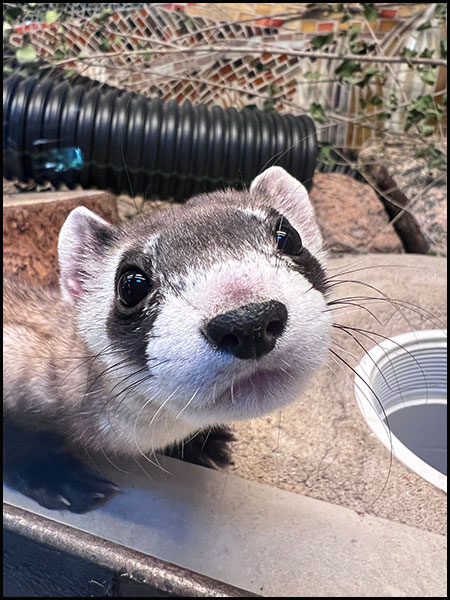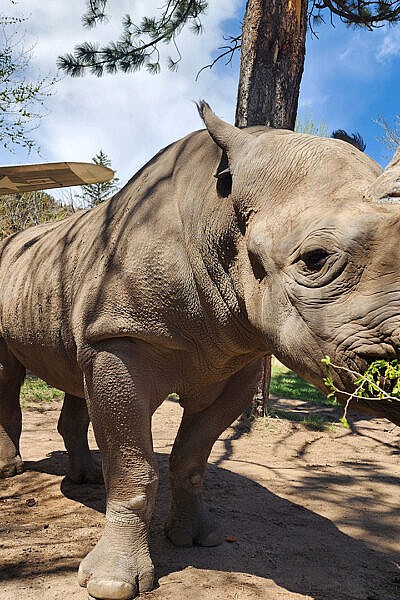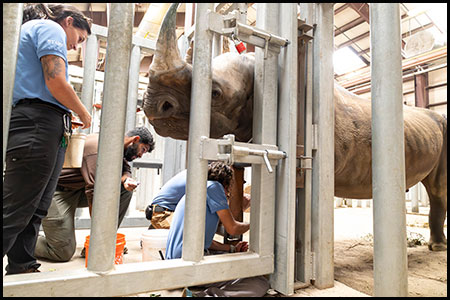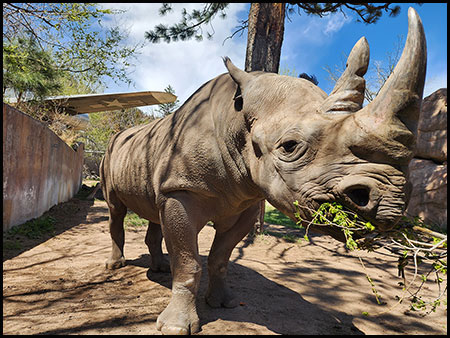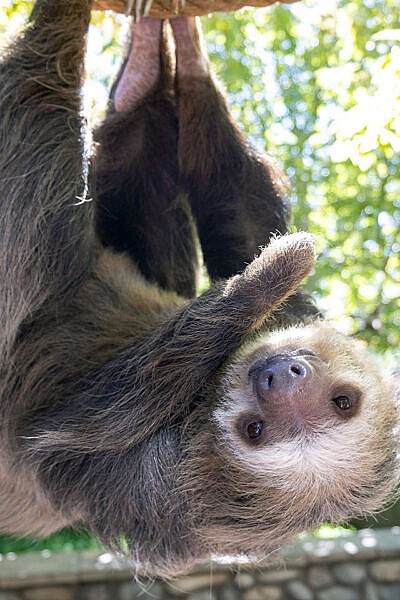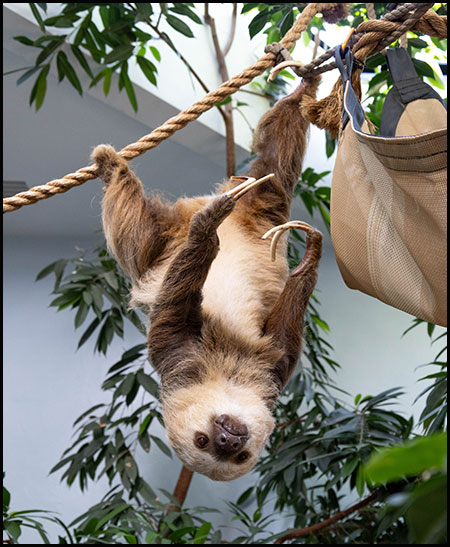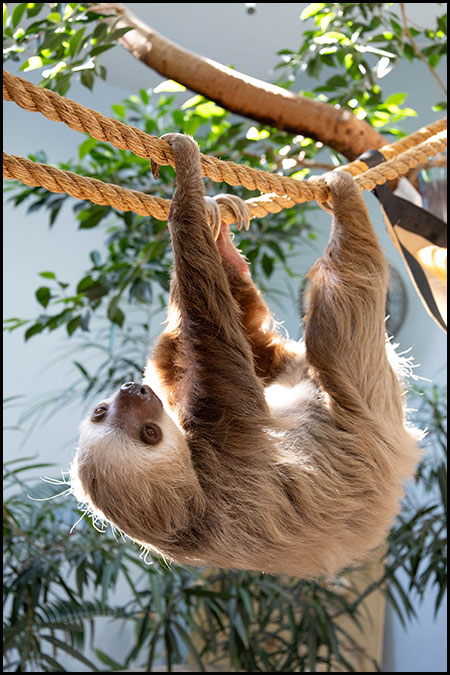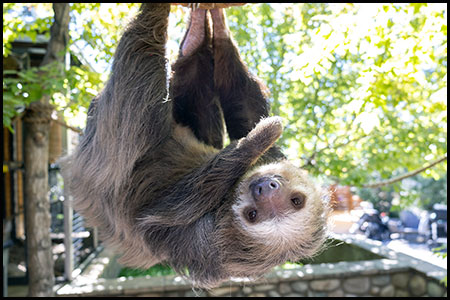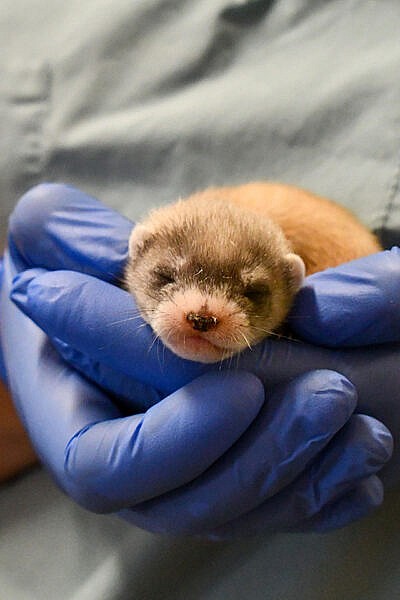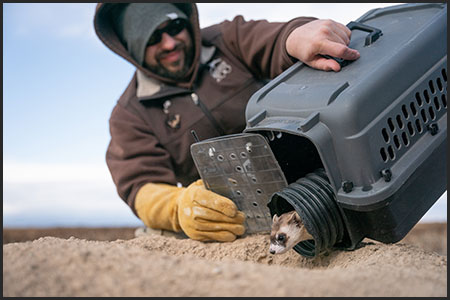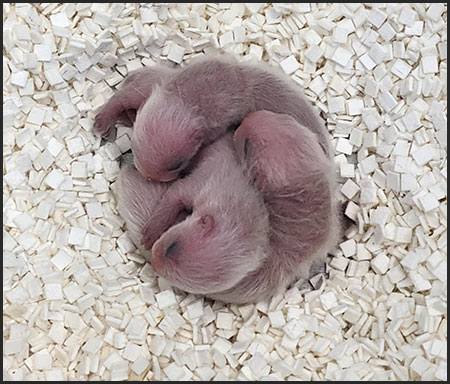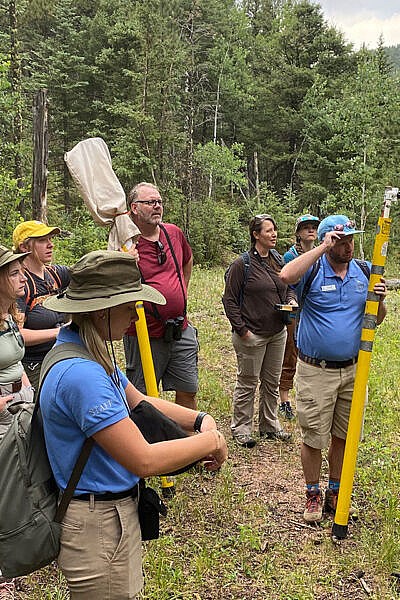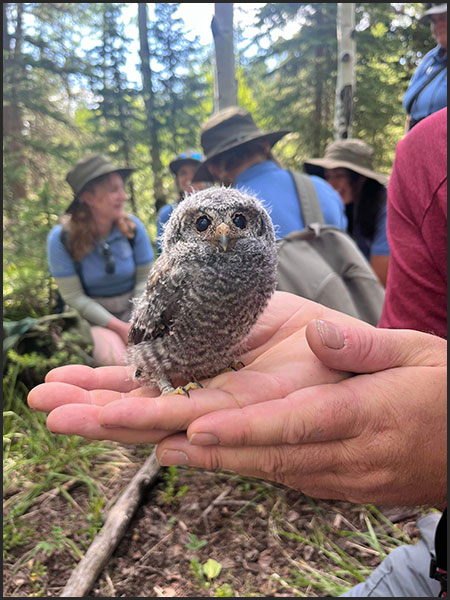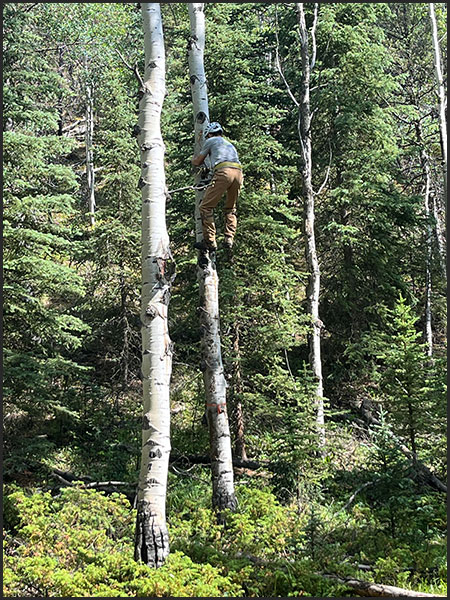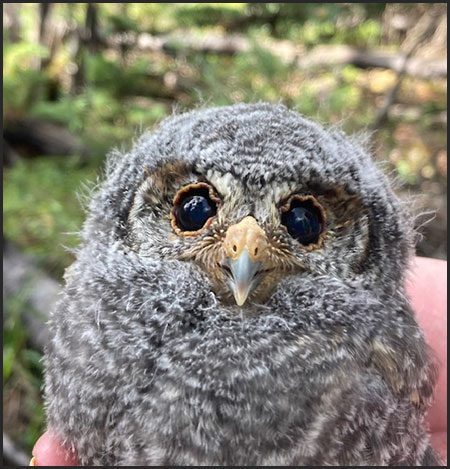Each year, Cheyenne Mountain Zoo members vote to help the Zoo decide how $75,000 should be split between staff-championed conservation efforts, in CMZoo’s annual Member Conservation Vote. Of six projects funded in 2024, members decided to continue funding two conservation partners in Kenya:
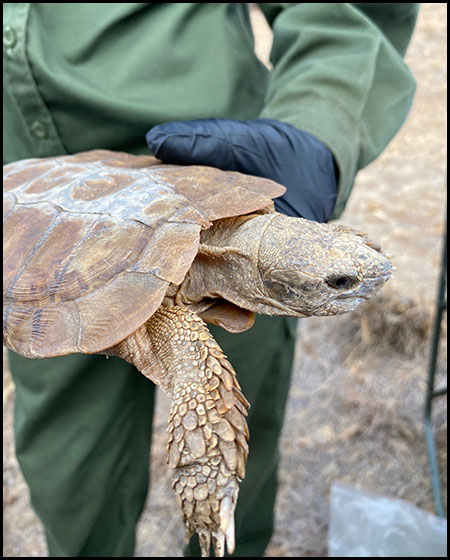
- Protect Pancake Tortoises through community conservation in Kenya
Conduct community awareness training and research to protect critically endangered tortoises and their habitat. Wild turtle and tortoise species are in the midst of a worldwide extinction crisis. The African pancake tortoise faces severe threats, not only from grassland habitat destruction used for farming, but also an additional threat of poaching for the pet trade. In a continued partnership, the Turtle Survival Alliance will protect and develop research strategies for a newly found pancake tortoise population, as well as establish additional awareness for the local communities surrounding this tortoise population. - Support kids’ education camps to help protect African lions
Help protect large carnivores by empowering a new generation in Kenya. Human-wildlife conflicts can occur between farmers and predators, such as lions, that may threaten local livestock. The education programs that Ewaso Lions will implement through this ongoing partnership will help to shift the attitude towards predators and allow Kenyan communities to more easily and efficiently coexist with wild carnivores by reducing the frequency of potential human-wildlife conflicts.
The Member Conservation Vote allows members to choose how to fund conservation efforts, in addition to the efforts they fund through our Quarters for Conservation legacy projects.
“Our Member Conservation Vote projects are typically led by smaller organizations than our Quarters for Conservation projects, and they’re championed here at our Zoo by staff who are passionate about their causes,” Nicole Chaney, CMZoo conservation manager says. “It’s another way our members are connected with frontline conservation. The memberships they purchase directly help save wildlife and wild places.”
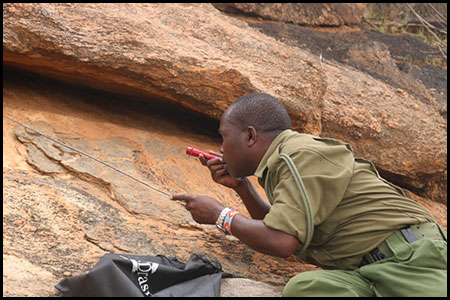
The Turtle Survival Alliance and Lewa Wildlife Conservancy have been hard at work reaching out to communities that can help protect pancake tortoises. They have held community awareness meetings across multiple conservancies, successfully engaging local stakeholders in conservation efforts. Training sessions on habitat identification and mapping have empowered 21 conservancy staff, leading to effective data collection and a deeper understanding of the species’ ecological significance.
Additionally, they have established a collaborative framework involving key multi-sectoral stakeholders to support the development of conservancy-based species management plans aligned with national and international conservation goals. Stakeholder forums have also laid the groundwork for a national recovery strategy, culminating in a draft five-year action plan that incorporates insights from 171 participants on critical conservation actions.
The monitoring team has conducted wet and dry season surveys, establishing a stable pancake tortoise population of 116 individuals since 2021, with recent data from 2024 indicating 43 recaptures and 41 new individuals. The surveys highlight a diverse age structure and reliance on rock crevices for habitat, particularly during the dry season.

Ewaso Lions, also in Kenya, hosted conservationists from eight countries, representing organizations protecting eleven species from India, Mexico, Argentina, Mozambique and Colombia. The workshop is helping to build a collaborate framework of community-led conservationists. They shared best practices on topics like the barriers to community-led efforts, innovative solutions that have seen real success, and the often-overlooked area of succession planning in conservation.
“The keys to successfully conserving local wildlife are community engagement and data collection that can help establish habitat protections,” Nicole says. “These two organizations, with support from CMZoo members, are making a real impact for wildlife by empowering their local communities to contribute to their efforts. Their communities are sharing best practices, helping cover more ground, and observing animals and their potential struggles as they live in harmony with animals native to their homes.”
Member Conservation Vote 2025 planning is well underway at Cheyenne Mountain Zoo, and members will learn about the projects they can support this spring. Members should keep their eyes on their email inboxes for their members-only links to vote in March.
